What Links Shivaji Maharaj & Tibetan Monks? A Desi Superfood Called Sattu!
The calcium and protein-rich sattu has several health benefits, from improving bowel movement, increasing appetite, reducing weight to increasing energy.
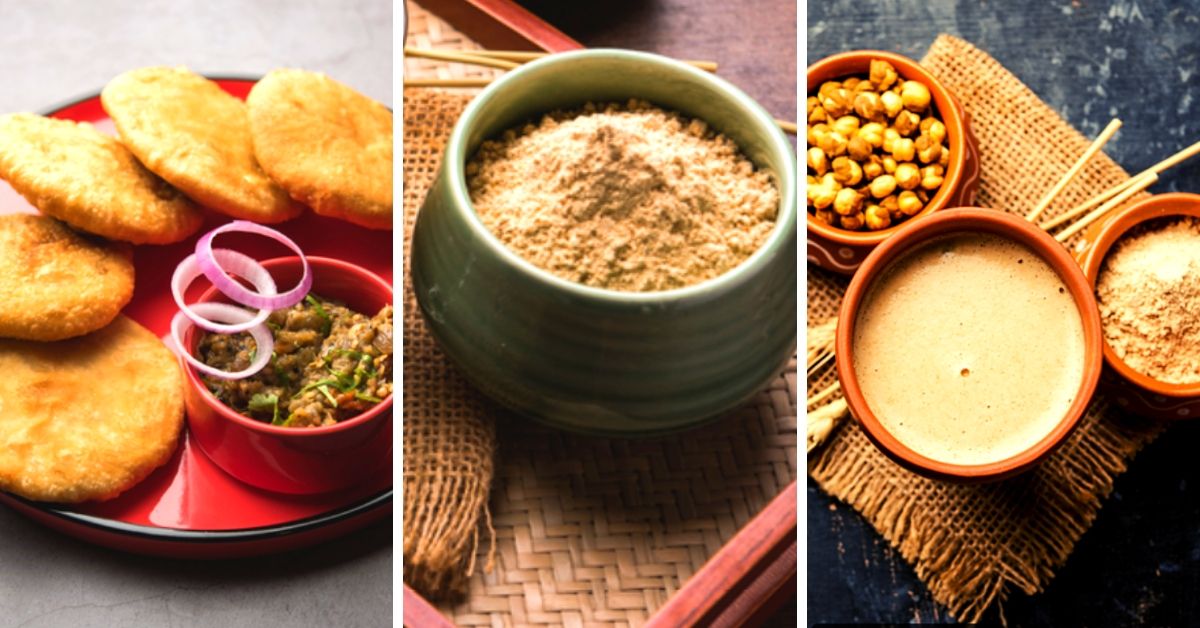
With The Positive Collective, The Better India’s COVID-19 coverage is available to regional language publications for free. Write to [email protected] for more details.
A few years ago, I attended a relative’s wedding in Bodh Gaya, in Bihar. I was excited to visit the quaint town – the birthplace of Buddhism, to soak in its spiritual vibes and take loads of pictures of the ancient temples dotting its landscape.
I loved my walks to the beautiful temples, the warmth of locals and the sight of the aged sacred trees. And truth be told, I was extremely taken in by the sattu sharbat sold at every nook and corner of the village. Though I was initially hesitant to try the drink, I became a believer from the first sip.
The sweet drink, made with sattu (roasted grams) and infused with jaggery, and black pepper took no time to rehydrate me and soon became my “cool” companion from then on.
Once home, I boasted to my grandmother about ‘discovering’ this new drink, at which she let out a light-hearted laugh and said, “So, you finally became a Sattukhor?” and then went on to unravel the real deal behind the quirky nickname and the significance of Sattu – a superfood.
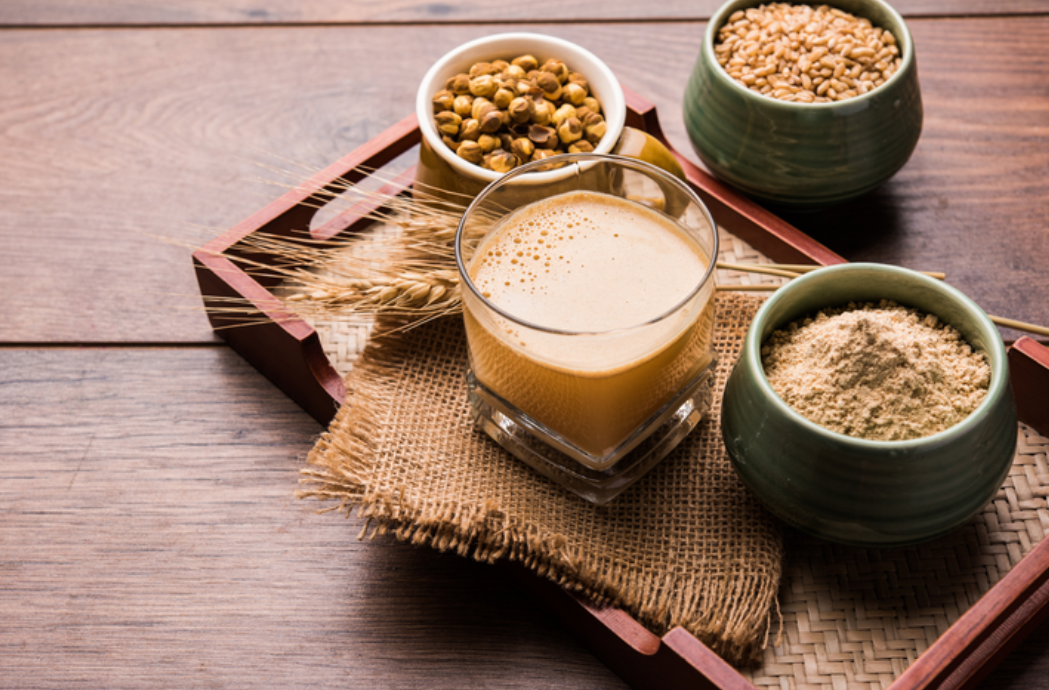
For those (especially the millennials) not familiar with sattu, it is a powder made by grinding dry-roasted Bengal gram. And in Bihar, people who consume it are fondly called ‘Sattukhor’.
Often referred to as ‘poor man’s food’, the ubiquitous superfood is widely used in regional cuisines of Bihar, Uttar Pradesh, Odisha, West Bengal, Punjab and Delhi.
Besides, being consumed directly, sattu can be eaten in multiple ways – as Sharbat in Bihar, as a Paratha in Delhi or Chatua (sattu mixed with fruits) in Odisha. This calcium-and-protein-rich powder has several health benefits like improving bowel movement, increasing appetite, reducing weight and enhancing energy.
Though we do have a couple of recipes for you, let’s first dive into the history of sattu and its significance, especially during wars and how it lost its sheen over time.
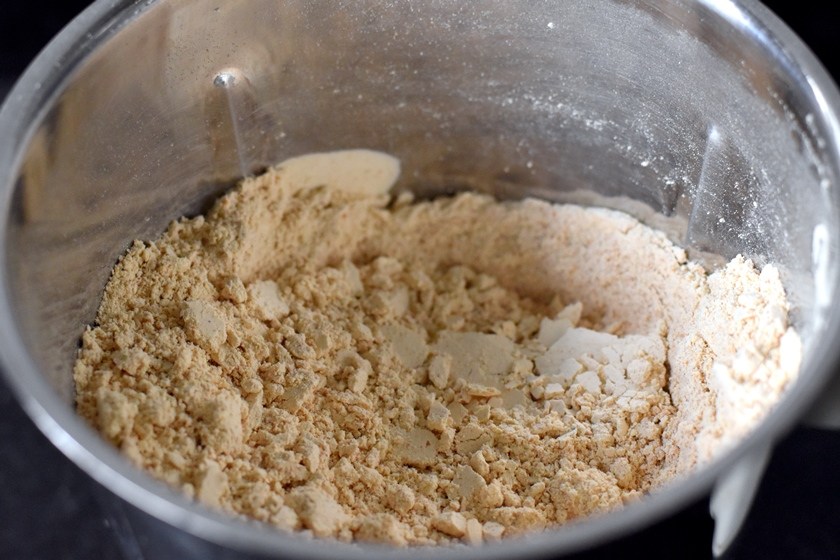
Tracing the History of Sattu
There is not one, but many stories behind the origin of sattu. But a common feature among all the tales is that it was consumed a lot during wars for its energy-giving nutrients like proteins, magnesium, and iron.
According to one legend, it originated in Tibet where it is known as ‘tsampa’ and was said to be a staple for monks who journeyed long and far in search of enlightenment. Another legend speaks of sattu as ingredient numero uno in food prepared for the armies of the Kalinga dynasty and traders who would chart out on long maritime trips.
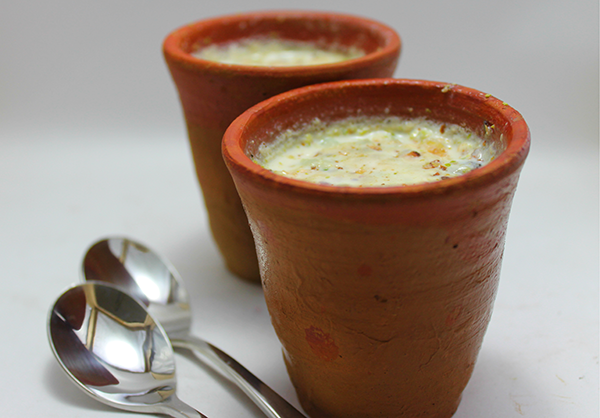
However, sattu shone the brightest during the rule of Maharaja Chattrapati Shivaji. The powdered humble gram came in handy during the guerrilla warfare against the Mughals. Soldiers would consume it with water to get an instant boost of energy.
No wonder then that due to these very healthy properties, the Tang Dynasty of China paid their soldiers with sattu – it had elevated to the ranks of a mode of payment. Talk about being worth its weight in gold!
In the 19th century, people were urged to consume sattu to mitigate protein-related deficiency during famines. Since then, it has been used extensively in Jharkhand, Odisha and Bihar to counter malnutrition.
So how did such a versatile food like this disappear from the culinary scene?
To begin with, India witnessed an influx of various superfoods at the onset of globalisation. Another reason could be the class divide that labelled the highly affordable sattu as a poor man’s lifeline.
Also, there were no attempts made to preserve this heritage food like Rajasthan’s dal baati churma or Gujarat’s Undhyu. It failed to enter the modern cookbooks and even when it did, it was understated or mentioned as just another ingredient.
Making A Comeback with Modern Dishes

With a rise in sedentary lifestyle coupled with breathing in toxic air and eating chemical-infused food, India witnessed a rise in health-conscious way of living. People found refuge in the traditional foods that our grandmothers have been forcing us to consume since our childhood.
Take for example India’s superfoods like moringa, lotus seeds and amla that are now given fancy packaging and sold at exorbitant prices to urban consumers.
Likewise, sattu also gradually found its way in food magazines and cooking shows except that it is fortunately still affordable.
A Versatile Ingredient
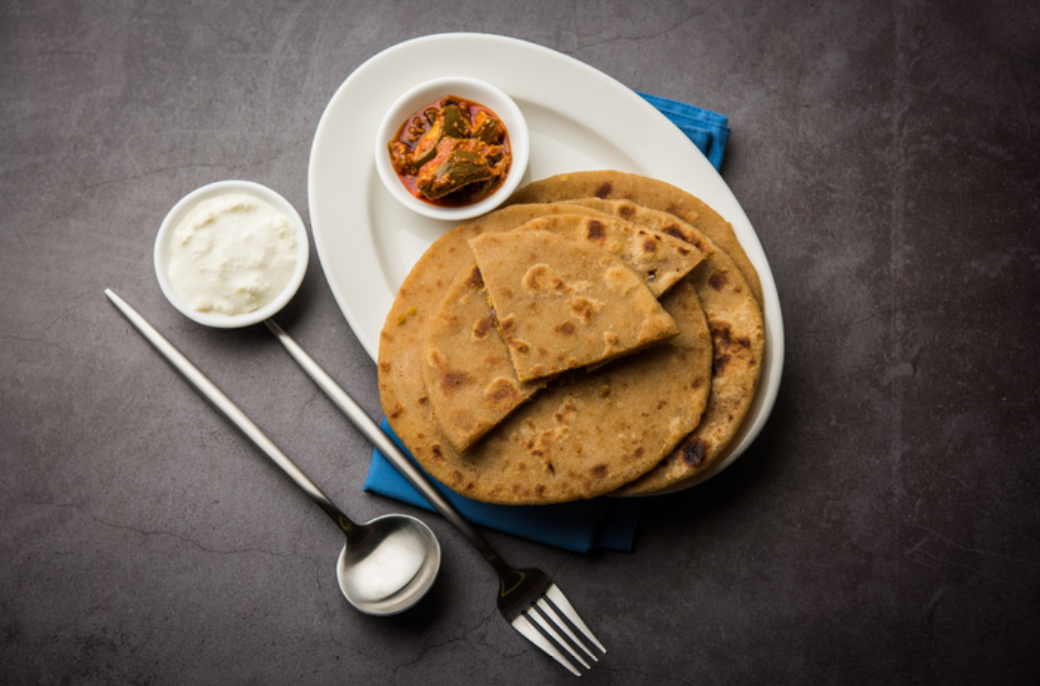
Some of the easy-to-make food items made with sattu include parathas, cool drinks, ladoos, kachori, bati, lapsi, baked khasta, baby food, halwa, barfi, daliya, chila, roti and even bread!
This modern twist to the traditional food supplement has also given people a chance to popularise it. Take for instance the case of Rakesh Kumar Agarwal, aka the ‘Sattu King’ in Bihar who owns ‘Swastik Sattu’ a popular brand.
In the 1980s, he started the company along with his father. In the initial months, he was turned away by many retail stores who refused to believe in sattu which would one day be declared as a superfood. However, the will to make sattu a popular food in commercial markets drove him to work harder. It took time, but eventually, he found his way and today his company churns revenue in crores.
In fact, NGOs in Uttar Pradesh are supplying sattu along with dry ration to poor families during the nationwide lockdown.
“We prepare sattu in the traditional way, which involves using an iron vessel in which horse gram is roasted and mixed with jaggery. Then this dry mixture is sieved and grounded into a fine flour. Then we distribute to people residing in the interiors of Uttar Pradesh with no means of livelihood at this moment,” Sumithra Prasad, founder, Dorai foundation told The Hindustan Times.
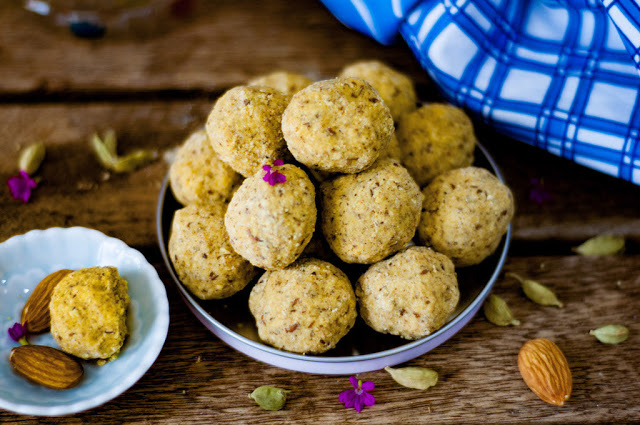
Albeit slowly, sattu is penetrating the consumer market steadily.
Who would have thought that sattu would one day garner thousands of likes on a Facebook post by actor Ayushmann Khurana? “Sattu powder mixed with buttermilk is a natural and a potent protein shake,” he wrote. And fitness enthusiasts ran to the stores to stock up on sattu.
Health & Other Benefits
The best part about this wonder food is that it can be consumed raw and has a pretty long shelf life if stored in airtight containers.
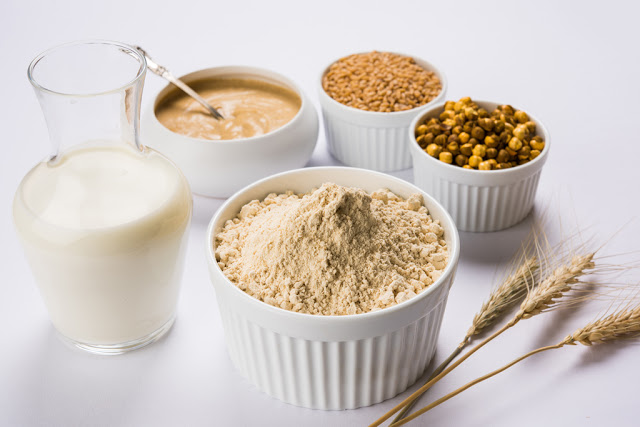
Another strong point in sattu’s favour is that it reduces bloating, increases metabolism and burns calories – one of the cheapest ways to shed the extra kilos. Also, the insoluble fibres present in sattu improves digestion and bowel movement, helping in the removal of toxins from the body. Sattu, which was declared as a ‘low-glycaemic index food’ by physicians in 2002, also helps keep lifestyle diseases such as diabetes and cholesterol at bay.
Finally, a chilled glass of sattu makes for a delicious and healthy summer drink.
And now, as promised, here are some sattu recipes that you must try!
Recipes:
Sweet Sattu Sharbat

Ingredients: Sweetener (jaggery, sugar, honey), chilled water, sattu and salt (optional)
Steps:
- Add 2-3 tbsp sattu in one glass of water
- Add sweetener as per taste
- Add a pinch of salt
- Stir and serve the fresh sattu juice
Sattu ka Ladoo by Geeta Rachh
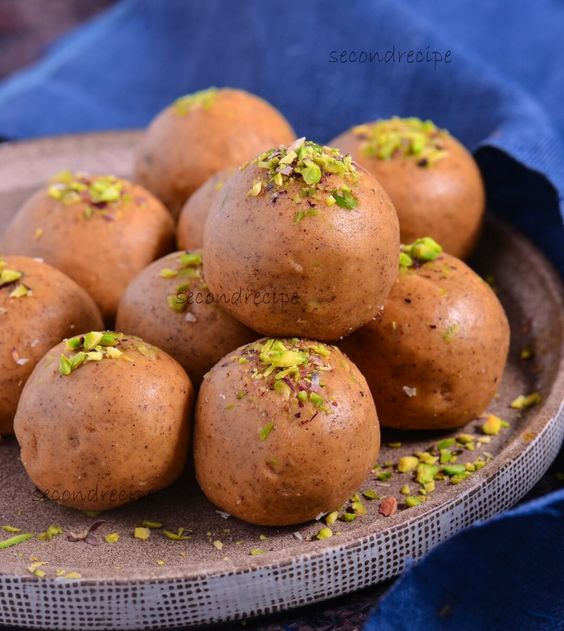
Ingredients:
- Chana dal (250 grams)
- Ghee (200 grams)
- Jaggery (200 grams)
Steps:
- Ground the chana dal to pieces
- Heat the ghee and add jaggery
- Once the jaggery dissolves in ghee, add sattu
- Mix and stir it properly. Make ladoos and the nutritious sweet is ready to be consumed.
Do tell us in the comments how are you planning to add sattu in your diet?
(Edited by Saiqua Sultan)
Like this story? Or have something to share?
Write to us: [email protected]
Connect with us on Facebook and Twitter.
If you found our stories insightful, informative, or even just enjoyable, we invite you to consider making a voluntary payment to support the work we do at The Better India. Your contribution helps us continue producing quality content that educates, inspires, and drives positive change.
Choose one of the payment options below for your contribution-
By paying for the stories you value, you directly contribute to sustaining our efforts focused on making a difference in the world. Together, let’s ensure that impactful stories continue to be told and shared, enriching lives and communities alike.
Thank you for your support. Here are some frequently asked questions you might find helpful to know why you are contributing?


This story made me
-
97
-
121
-
89
-
167













